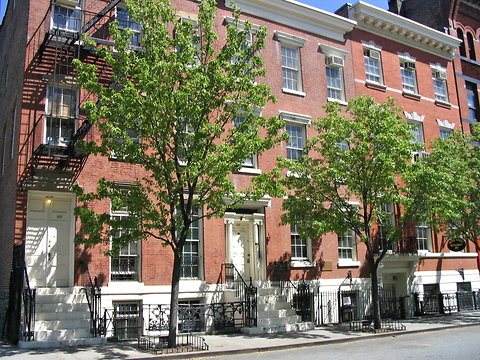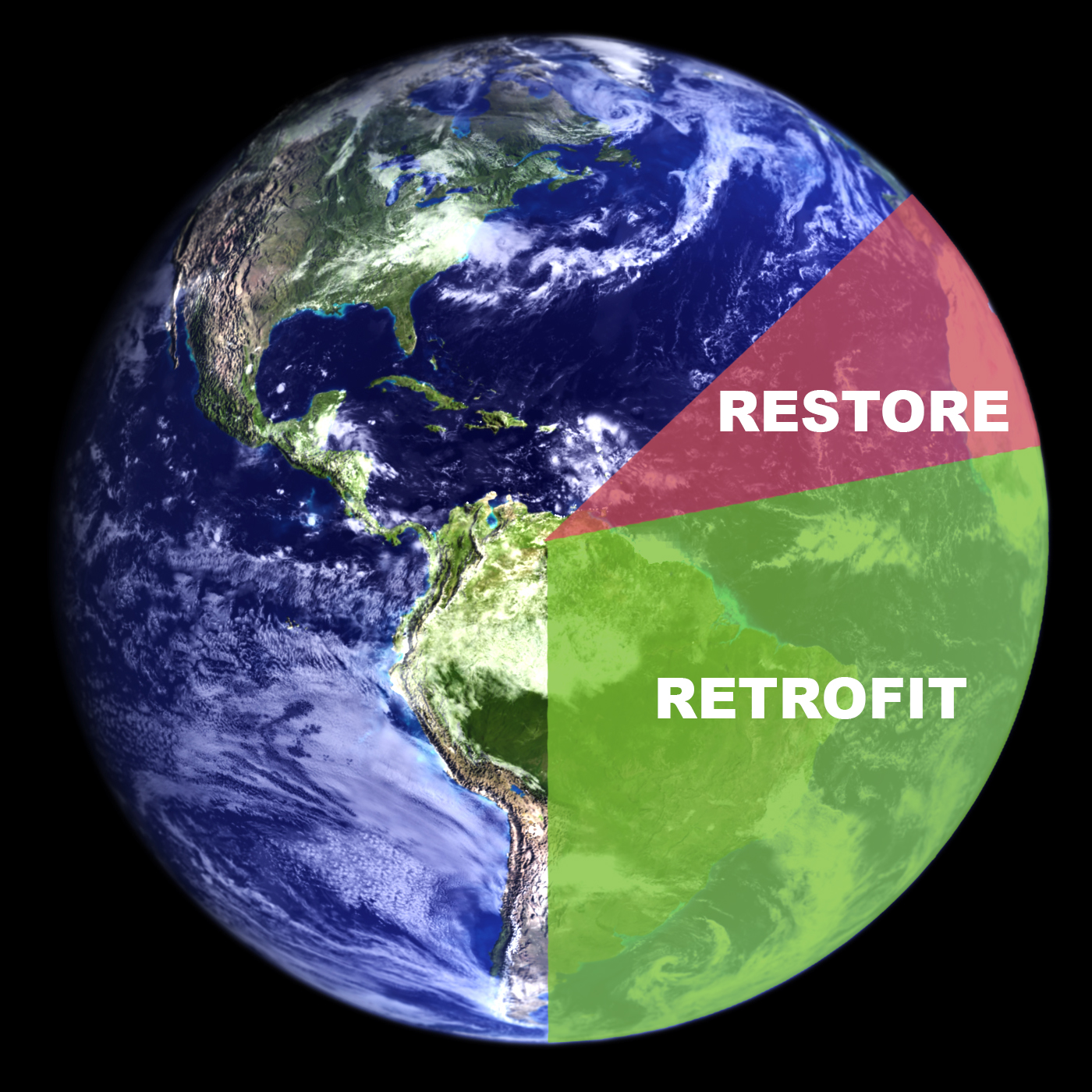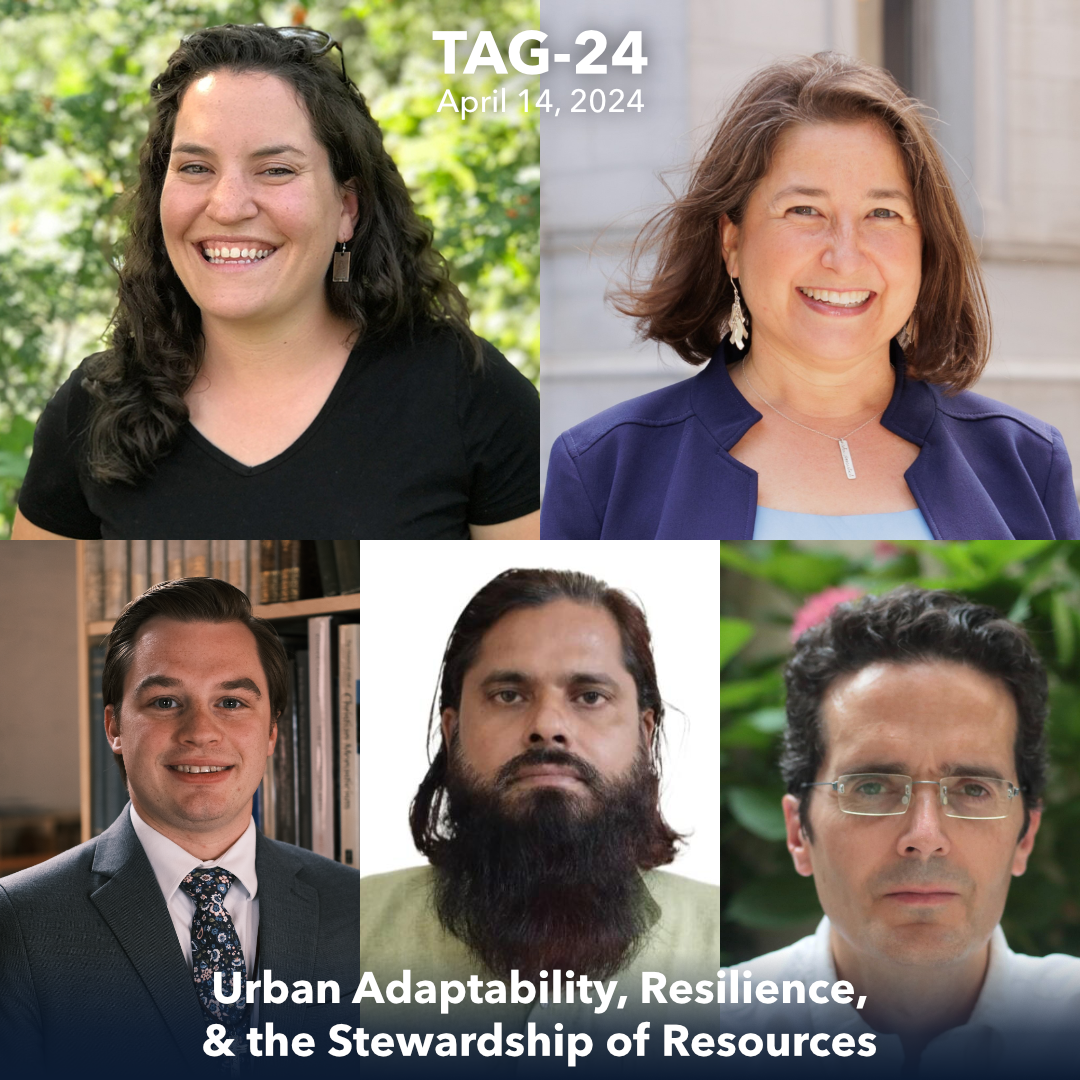Green – Energy, the Environment and the Bottom Line
Historic Buildings May Be Greener Than You Think
By JOANNA M. FOSTER
The Henry Street Settlement headquarters on the Lower East Side is undergoing a green retrofit. Henry Street Settlement The Henry Street Settlement headquarters on the Lower East Side is undergoing a green retrofit.
Green: Living
In New York City, a conflict has long been perceived between historic preservation and urban sustainability goals. Older buildings are often seen as outdated energy hogs that can’t pull their weight, efficiency-wise, in a city that is expected to add a million new residents by 2030. About 55 percent of the city’s 838,337 buildings were constructed before 1940, half a century before the notion of green LEED building certification was even dreamed up. Estimating that the building sector is responsible for 75 percent of the city’s greenhouse gas emissions, PlaNYC 2030, Mayor Michael R. Bloomberg’s sustainability plan for New York, made improving the performance of older buildings a top priority. To help get the process started, the Municipal Art Society announced last week that it is working on a “greening” manual for owners of historic buildings protected by landmark status that will be available online at no cost this fall.
“Greening New York City’s Landmarks: A Guide for Property Owners” is a collaboration between the society, the Landmarks Preservation Commission, the architects Cook + Fox and the environmental consulting firm Terrapin. Some 29,000 buildings in New York City are now protected through designations by the Landmarks Preservation Commission. Despite prevailing conceptions, said Lisa Kersavage, the senior director for preservation and sustainability at the society, many historic buildings actually already incorporate energy-efficient design features — a legacy of having been built before the advent of cheap energy and modern mechanical systems. In those days, natural ventilation and light and the collection of water in cisterns were standard in quality construction. The greening process is often more about optimizing existing elements, like ensuring that cross-ventilation isn’t inadvertently blocked, than about radical retrofits.
Many of the improvements suggested in the manual won’t even require a building permit or any special permission from the Landmarks Preservation Commission but could reduce energy use by 20 to 25 percent, planners say. “Since so many rooftops in the city are flat, we’ve even been getting approval for solar panels for landmark buildings,” Ms. Kersavage said. If you can’t see it, it can’t disturb the aesthetic.” (One tricky renovation, however, is adding insulation to older buildings, which can effectively alter the internal dew point and lead to structural damage. Energy efficiency improvements that damage the long-term resilience of the building are rarely a worthwhile tradeoff.) On another preservationist front, a report released this week by the Preservation Green Lab pointed out that it can take up to 80 years for a new energy-efficient building to make up for the carbon dioxide expended during its construction. One might also keep in mind that New York City already generates 10 million tons of construction and demolition waste annually — 60 percent of its total waste stream.
“Retaining and repairing existing buildings, rather than just starting all over again, is by far the smartest approach,” Ms. Kersavage said. The Municipal Art Society is currently working on a historic retrofit demonstration project at the Henry Street Settlement headquarters on the Lower East Side.




